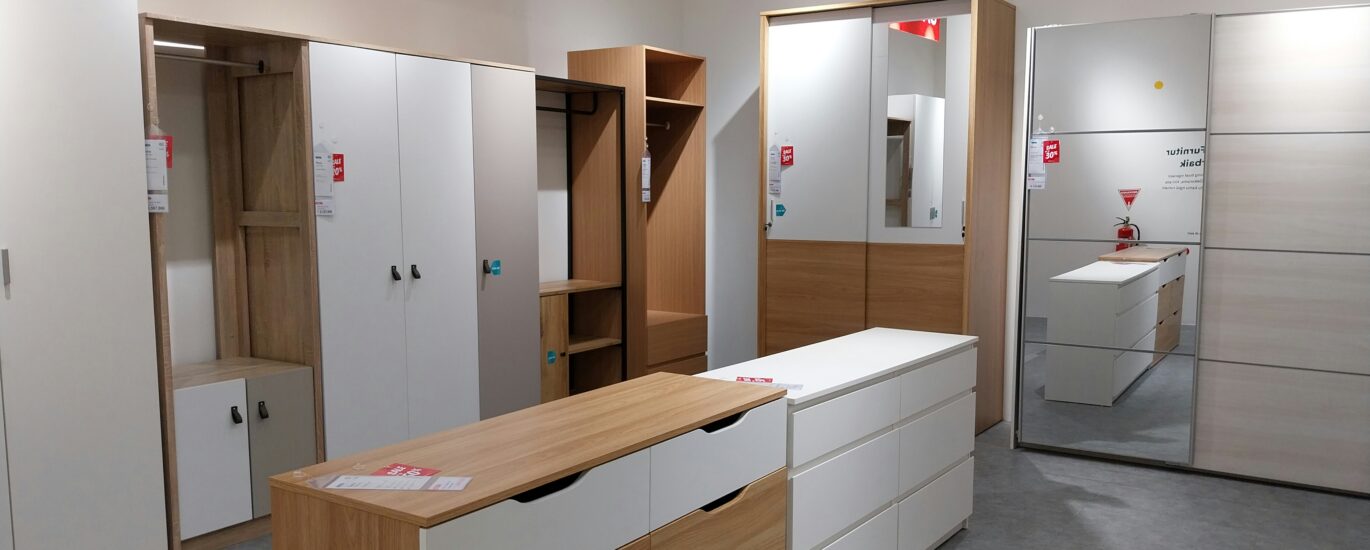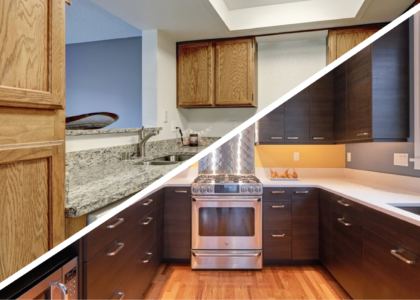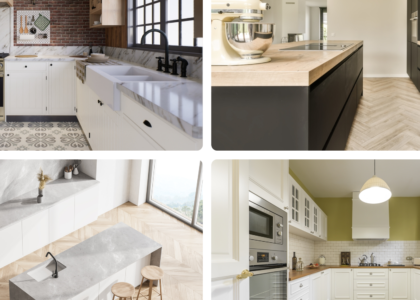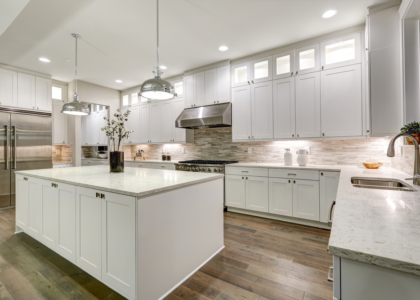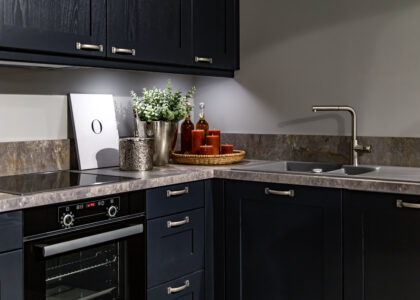Are you faced with a cluttered closet, struggling to find your favorite outfit or pair of shoes? It’s time to rethink your wardrobe organization strategy. In this blog post, we’ll provide practical and educational tips on how to design a custom closet that maximizes space and functionality.
1. Assess Your Storage Needs:
Before diving into custom closet design, take stock of your storage needs. Consider the types of clothing, accessories, and footwear you own. Are you a shoe aficionado, or do you have an extensive collection of handbags? Understanding what you need to store will guide your design choices.
2. Utilize Vertical Space:
Make the most of your closet’s vertical space. Install shelves above hanging rods to store items like hats, bags, or folded clothes. This not only maximizes storage but also keeps frequently used items within easy reach.
3. Optimise Hanging Space:
Customize hanging space based on your wardrobe. Double hanging rods can be great for shorter items like shirts and blouses, while longer items like dresses may benefit from a single, full-length hanging rod.
4. Invest in Adjustable Shelving:
Flexibility is key in a custom closet. Consider adjustable shelving to accommodate changing storage needs over time. This allows you to modify the layout as your wardrobe evolves.
5. Embrace Drawer Dividers:
For smaller items like socks, underwear, or accessories, drawer dividers are invaluable. They keep items separated and make it easier to maintain an organized space. Customizing drawer sizes based on your belongings adds an extra layer of efficiency.
6. Reflect Your Aesthetic:
While functionality is crucial, don’t forget about the aesthetics of your custom closet. Choose finishes and materials that align with your personal style. A visually appealing space can enhance your overall experience and make organizing a more enjoyable task.
7. DIY Custom Closet Solutions:
Explore the world of DIY custom closets. Many flat pack solutions provide an affordable and customizable option for those who enjoy hands-on projects. Look for quality materials and straightforward assembly instructions to ensure a successful DIY experience.
8. Regularly Declutter:
To maintain an organized custom closet, make decluttering a regular habit. Donate or discard items you no longer need or wear. A clutter-free space not only looks better but also makes it easier to find what you’re looking for.
Conclusion: Crafting Your Perfect Closet
Designing a custom closet is a journey toward a more organised and functional space tailored to your lifestyle. By assessing your storage needs, optimizing space, and embracing DIY solutions, you can create a closet that not only sparks joy but also simplifies your daily routine. Stay tuned for more educational content from The Flatpack Kitchen Co. on optimizing various spaces in your home.

